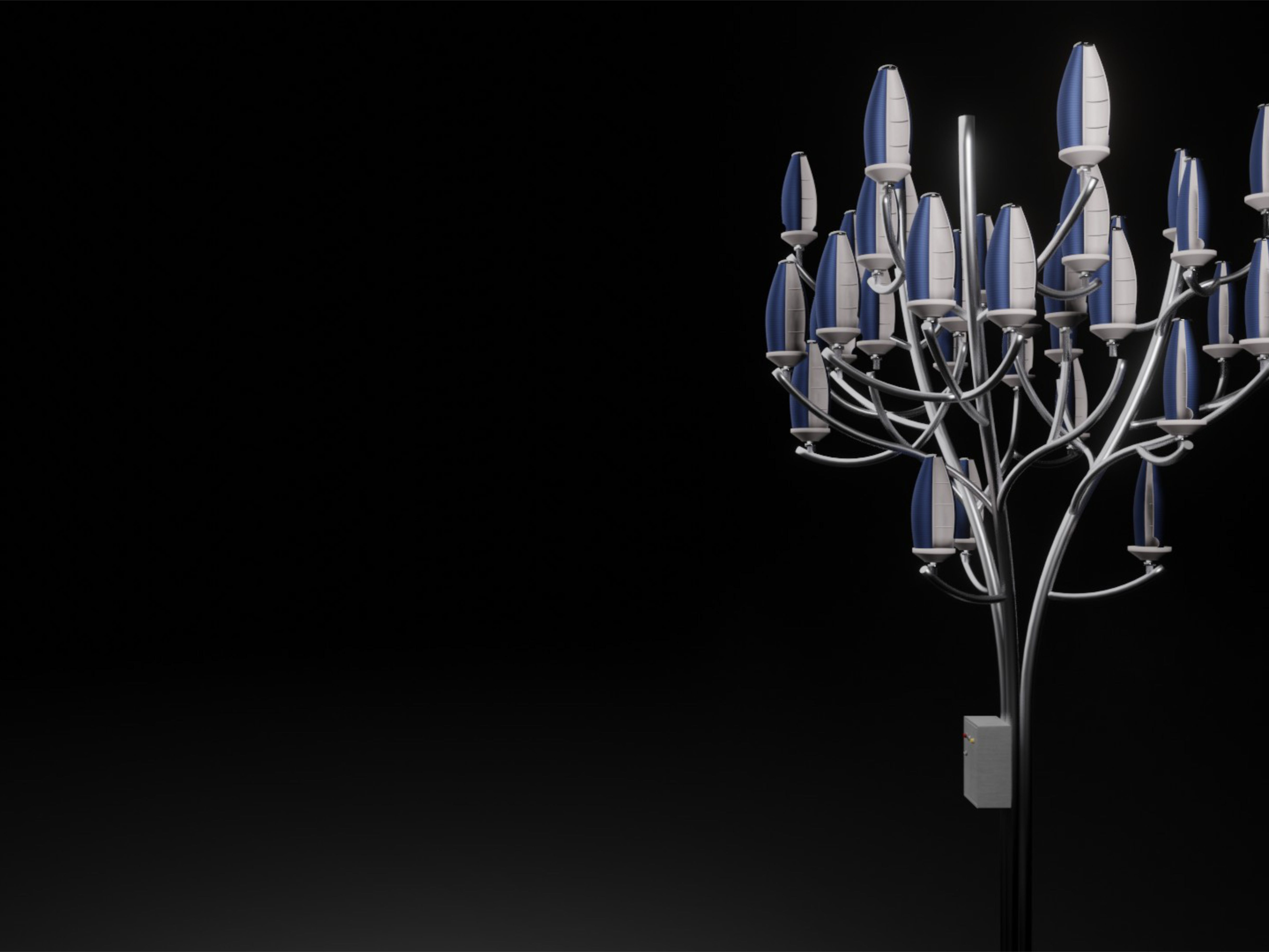Source: DALL·E
Project Overview
In a pioneering exploration into ergonomic design, this project delves into the significant challenges introduced by the varied dimensions of human heads and faces in the field of Virtual Reality (VR) headset development. Addressing the critical ergonomic concern overlooked by current designs, this initiative emphasizes the necessity of ensuring anthropometric accommodation. Such inclusivity is not merely about user comfort but pivotal for advancing universal design principles. Especially relevant in sectors like education, healthcare, and gaming, where VR's potential is vast, the project advocates for the integration of extensive anthropometric data into the design process. This endeavor aims to craft VR headsets that are genuinely user-centric, promoting broader adoption and enhancing the user experience across diverse demographic groups, inspired by the foundational principles outlined in works such as Chakrabarti's "Indian anthropometric dimensions for ergonomic design practice" (1997)[1], which underscores the importance of ergonomic adaptability in design.
Timeline
November - December 2023
Project For
Coursework, EDSGN 547: Design for Human Variability, Penn State
Project Team
• Karanveer Chawla
• Shivam Acharya
• Shreyas Nagaraj
• Zulfiqar Islahqamat
Background
The diversity in human anthropometry poses a considerable design challenge for Virtual Reality (VR) headsets, impacting user comfort, accessibility, and the overall immersive experience. This project draws inspiration from studies by Kalia et al. (2008)[2] and Singh et al. (2013)[3], which explore variations in head sizes, alongside Mehta and Srivastava et al. (2017)[4]'s research into nose comfort issues with current VR models. Such insights lay the groundwork for this research's objective: to develop a VR headset design that champions ergonomic inclusivity. By aiming to accommodate a wide user base, this initiative sets out to not only address but bridge the gap between product design and the diverse physical dimensions of users. This commitment to inclusivity underscores the project's dedication to fostering a universally accessible and enjoyable VR experience.
Methodology
Employing a mixed-methods approach, the project analyzed anthropometric data from U.S. and Indian civilian populations to derive design recommendations that would accommodate 95% of these groups. Key metrics such as head width, circumference, interpupillary distance, and nose bridge size were central to the analysis. Virtual fit trials with the Meta Quest 2 headset provided practical insights, further informing the design process.
Analysis
In this study, an extensive analysis was conducted utilizing datasets such as the ANSUR I Headboard Data, NHANES 2013-2016, along with scholarly work like that of Maseedupalli et al. (2023)[5]. The focus was on accommodating a broad spectrum of physical dimensions to ensure ergonomic inclusivity in VR headset design. By applying sophisticated statistical techniques, including Data Synthesis with Residual Variance and Quantile-based Synthesis, the research was able to offer robust design recommendations. These recommendations are aimed at achieving a high degree of ergonomic inclusivity, ensuring the VR headsets are comfortable and accessible to as wide a user base as possible, underpinning the study's commitment to inclusivity in design. Below is the comparison of the PDFs (Probability Density Functions) across different measures:
Fig 1: PDF comparison for Nose Breadth across males and females in both populations.
Fig 2: PDF comparison for Head Breadth across males and females in both populations.
Fig 3: PDF comparison for IPD across females in both populations.
Fig 4: PDF comparison for Head Circumference across males and females in both populations.
Results and Findings
For the U.S. population, accommodation rates were observed at 95.06% for nose breadth, 95.91% for head width, 96.92% for head circumference, and 97.64% for interpupillary distance (IPD). The Indian demographic showed higher accommodation for nose breadth at 99.74%, but lower rates for head width (96.18%), head circumference (95.13%), and IPD (95.99%), highlighting distinct ethnic differences. The data for the Indian population, drawn from various studies with different sample sizes, underscores the need for standardized data collection for more accurate generalizations. Future studies could benefit from incorporating a cost analysis to balance economic viability with anthropometric inclusivity. This research underlines the essential role of inclusive design in VR headsets, aiming for above 95% accommodation across key anthropometric dimensions for varied populations, while suggesting the inclusion of user feedback to improve accessibility and design.
Discussion and Conclusion
Highlighting the paramount importance of incorporating diverse anthropometric data into VR headset design, this study underscores the need for designs that adapt to the wide range of human variability. While it lays a foundational framework for inclusive VR design, it acknowledges the limitations of existing data sources and advocates for more standardized data collection in future endeavors.
References
[1] Chakrabarti, D. (1997). Indian Anthropometric Dimensions for Ergonomic Design Practice. Ahmedabad: National Institute of Design.
[2] Kalia, S., Shetty, S. K., Patil, K., & Mahima, V. G. (2008). "Stature estimation using odontometry and skull anthropometry." Indian Journal of Dental Research, 19(2), 150.
[3] Singh, R. (2013). "Estimation of stature and age from head dimensions in Indian population." International Journal of Morphology, 31(4), 1185-1190.
[4] Mehta, N., & Srivastava, R. K. (2017). "The Indian nose: An anthropometric analysis." Journal of Plastic, Reconstructive & Aesthetic Surgery, 70(10), 1472-1482.





